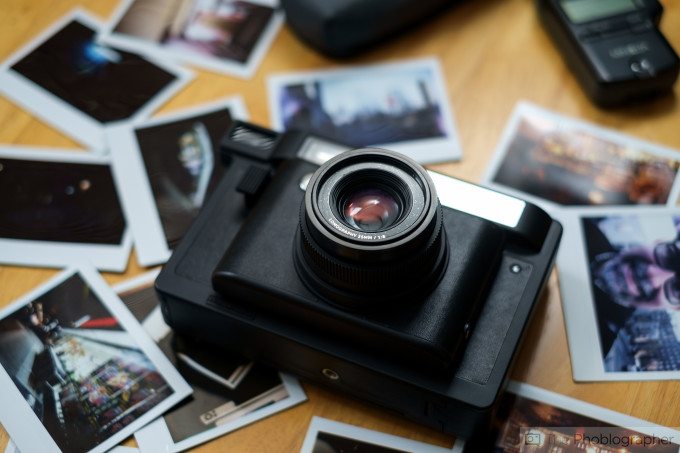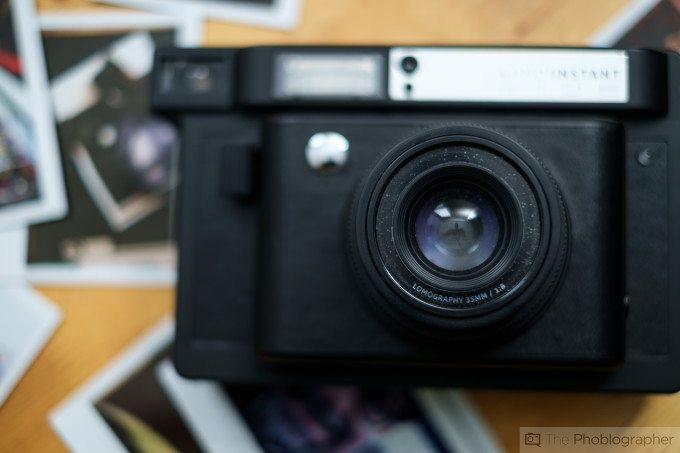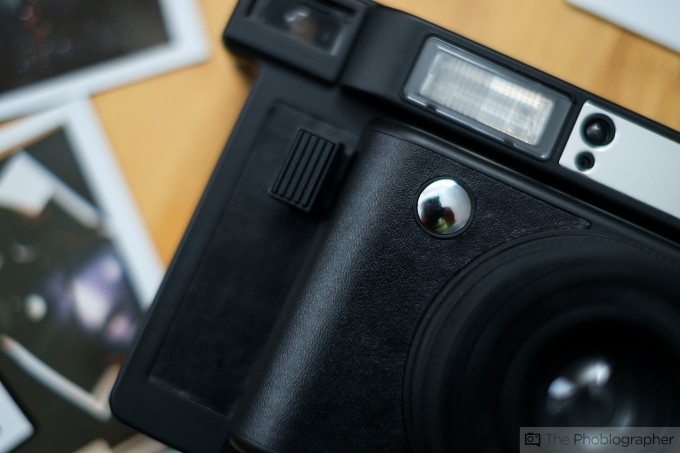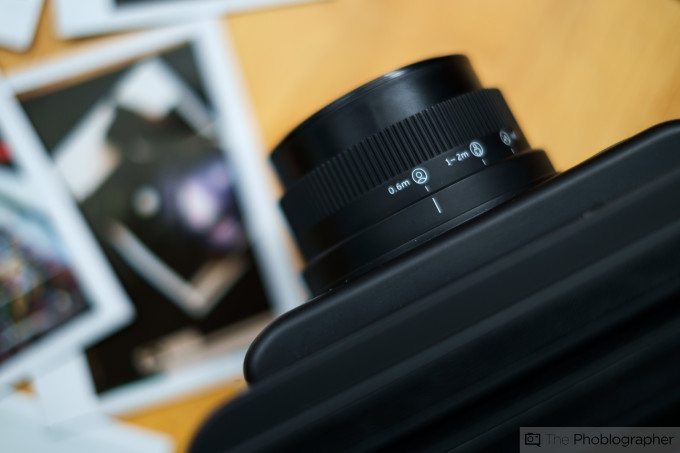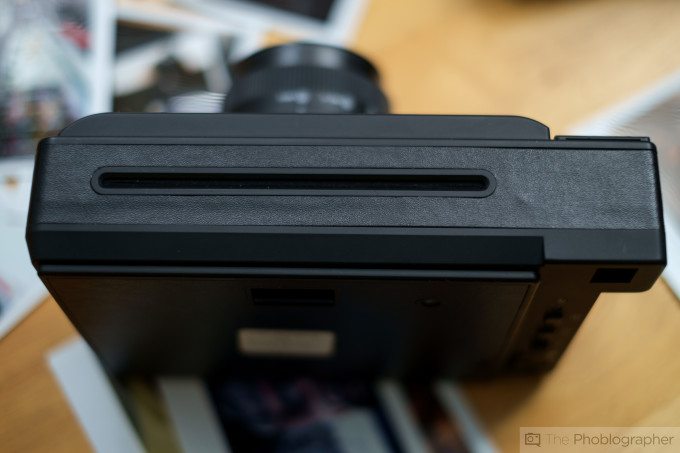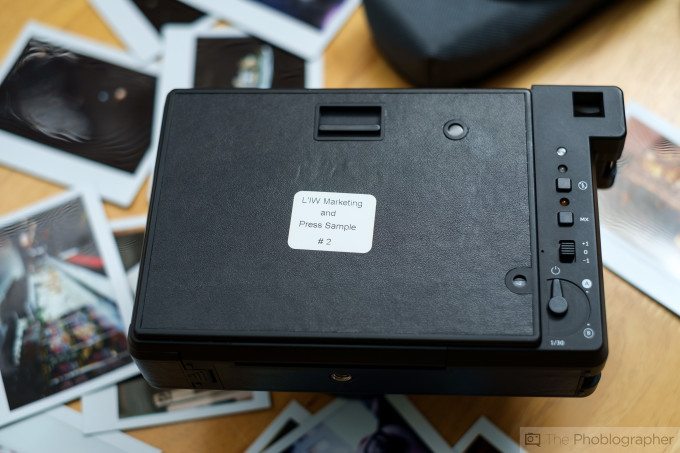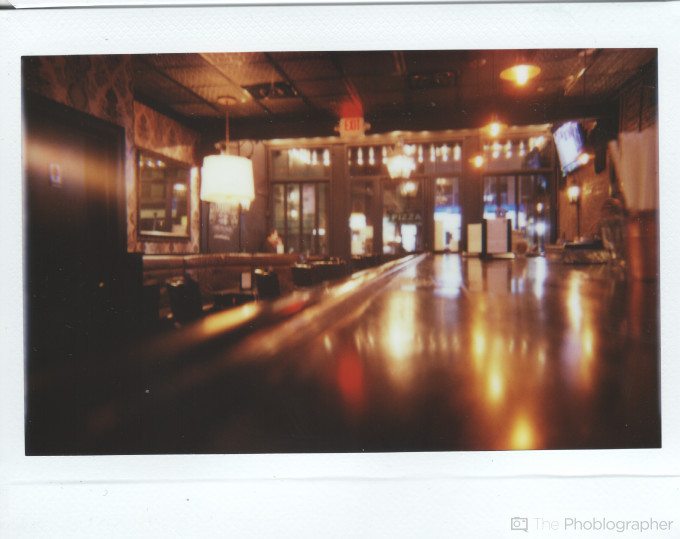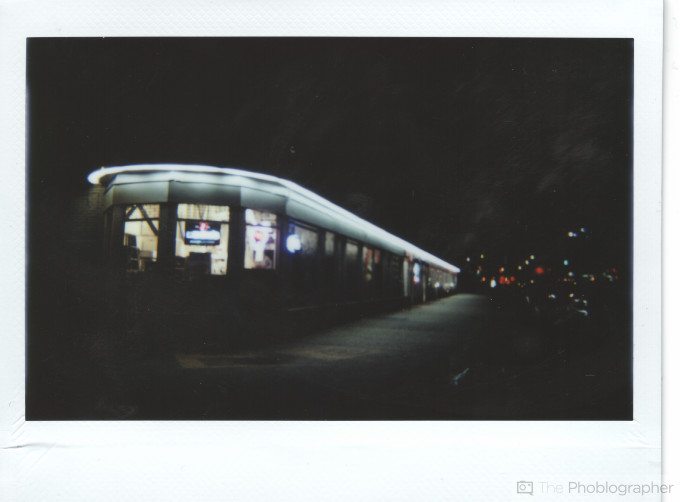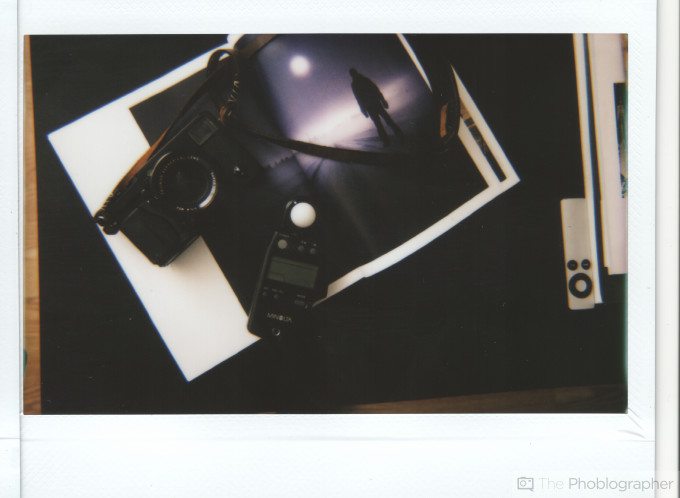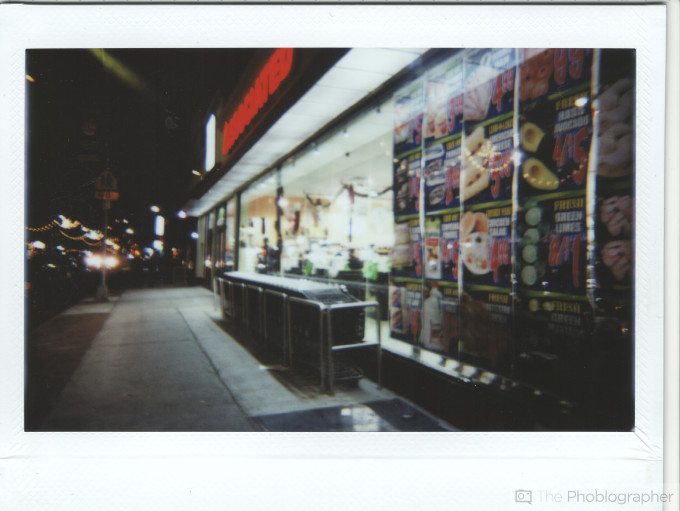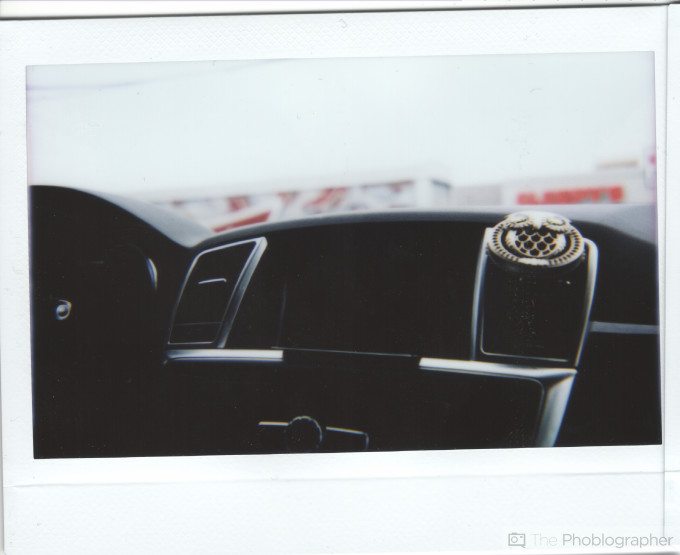Last Updated on 12/09/2015 by Chris Gampat
Instant film is something that seriously tugs at my heart; so when the Lomography Lomo’Instant Wide was announced, I was really hoping that Lomo would find a way to appeal to the higher end user that wants to balance creativity with technical know-how. The camera is a beast, and with rangefinder style ergonomics can even be tough to hold for someone not used to rangefinders.
But with all that aside, Lomography has delivered what could possibly be the best modern instant film camera that you can get your hands on right now. At the same time, it could be better!
Pros and Cons
Pros
- Great build quality
- Lots of controls
- Fairly sharp lens
- A single constant shutter speed that lets you use studio strobes with ease
- PC Sync port is actually solidly built
- Best use of a lens cap ever
Cons
- An actual hot shoe would have been nicer than a PC Sync port
Gear Used
The Lomography Lomo’Instant Wide was tested with Fujifilm Instax Wide film and the Paul C Buff Einstein E640 monolight.
Tech Specs
Specs taken from the Lomography listing
- Film Format: Fujifilm Instax Wide Film
- Exposure Area: 64mm x 99mm
- Lens Focal Length: 90mm (35mm equivalent)
- Auto exposure type: Programmed Automatic
- Aperture: f/8, f/22
- Shutter Speed range: Bulb (Bulb Mode), 8s-1/250s(Auto Shooting Mode), 1/30 (Fixed Shutter Speed Mode)
- Exposure Compensation: +1/-1 Exposure Values (Ambient)
- Ejection Mechanism: Motorized
- Multiple Exposures: Yes
- Built-in Flash Guide Number: 13 (m)
- Built-in Flash: Automatic Electronic Flash & Flash Off Mode
- Closest Focusing Distance: 0.6m (0.1m with the Close-Up Lens)
- Zone Focusing Setting: 0.6m / 1-2m / infinite
- Tripod Mount: Yes
- Remote control transmission: Infrared
- Remote Control Range: In sunshine: 1-2m, Indoors: 5m
- Battery Supply: 4 x AA batteries (4 x 1.5V)
- Remote control battery Supply: 1 x 2032 batteries (3V)
- Filter Thread: 49mm
Ergonomics
The Lomography Lomo’Instant Wide is a camera with lots to it. In some ways it resembles the Bel-Air but in other ways it resembles the Lomo’Instant. Just consider it a camera with layers: and on top of those layers is the lens. It’s fantastically plastic; so don’t abuse it too much.
To the side of the lens are the two controls on the front. One is the shutter button and the other isn’t quite a control. Instead, it’s a small mirror placed there so you can take selfies. Above that mirror is the flash.
The lens on this camera has three zone focusing settings. You can turn it to be in between one or the other with varying results of success. The longer you use the camera, the better you’ll get at mastering the depth of field.
That giant slit in the top of the camera is where the prints will come from. When loading the film inside, be sure to match the yellow tab to the yellow area inside. Also be sure not to pull the images out. Instead, let the camera and rollers do their thing then take the image.
The back of the camera is where you’ll find the controls and the viewfinder. All the controls are on the right and the viewfinder has frame markings that help you get the image you’re trying to create.
Build Quality
The Lomo’Instant Wide has a bit of a plasticky feel; but not a cheap one. It overall feels solid, but I’d be afraid of it falling off of a tripod head or even dropping it at all. Afterall, the lens is plastic and there is a lot of hollow space inside to compensate for the film pack being loaded in.
The camera doesn’t have much of anywhere to grip onto, so you’ll end up holding it kind of like a giant textbook being held in one hand. Otherwise, what you can do is use a strap; but the strap lugs are in an odd spot with both of them being on one side of the camera.
Focusing
Focusing the camera is done with the lens, which has a zone focusing system in place. If you’re a street photographer, then you’re probably very familiar with zone focusing. Using this method will be like you’re right at home. The lens is constantly set to either f8 or f22, but remember that you’ve got a really big surface area that you’re shooting on, so you’ll need to be a bit more careful.
Ease of Use
One of the coolest things about this camera is the lens cap: which doubles as an infrared remote control for the camera. That also means you need to be in front of it as the infrared sensor is on the front of the camera.
But otherwise, the camera has lots of settings that you just need to pay attention to and carefully think about in order to get the images you want. You’ve got limitations, but you also have lots of versatility. There is a bulb mode, ability to shoot at 1/30th locked in (then consider that Instax Wide is rated at ISO 800 and the lens is either f22 or f8), multiple exposure mode, exposure compensation, etc.
For photographers who may scoff at this, consider it a creative challenge to create compelling work.
Image Quality
The image quality from the camera is really nice when you nail the focusing. Because of the large surface area, you’ll also get a bit of bokeh in your scenes when focusing close to the lens. Granted, it’s not what you can get from a camera with a lens that has glass elements and isn’t as sharp as Fujifilm 100C, but it’s surely still pretty good. You’ll be embracing the lo-fi aesthetic and trying to play with its flaws to create really fun photos.
The only thing that could possibly make this better is black and white, but Black and White Instax film doesn’t exist.
The camera has additional lens filters that you can use and attach, but I truly just didn’t bother with them. I liked the regular output way too much. It’s not perfect; not at all and I embrace that.
What I really loved doing though is using this camera with a studio strobe: that’s fun! Set the camera to 1/30th, and then meter your studio light to ISO 800 at f8. You’ll have lots of fun. For what it’s worth though, you’ll probably want to get a bit more juice out of the light since Instax Wide doesn’t have such a crazy dynamic range and the film needs a lot of light to get its best quality.
Conclusions
Likes
- Fun to use
- As good as you can get at the moment for image quality
- Versatility for all users
Dislikes
- Adding a hot shoe would have been easier than using a PC Sync port
The Lomography Lomo’Instant Wide is a great, fun camera to use. But I personally feel it would have been made into a better camera if the lens had glass elements. That would have made this the ultimate instax wide camera for sure! But otherwise, there is very little to complain about. You’ve still got pretty good image quality, you can use it with studio lights, the build quality isn’t cheap, and it offers you lots of versatility.
The Lomography Lomo’Instant Wide camera receives four out of five stars.


